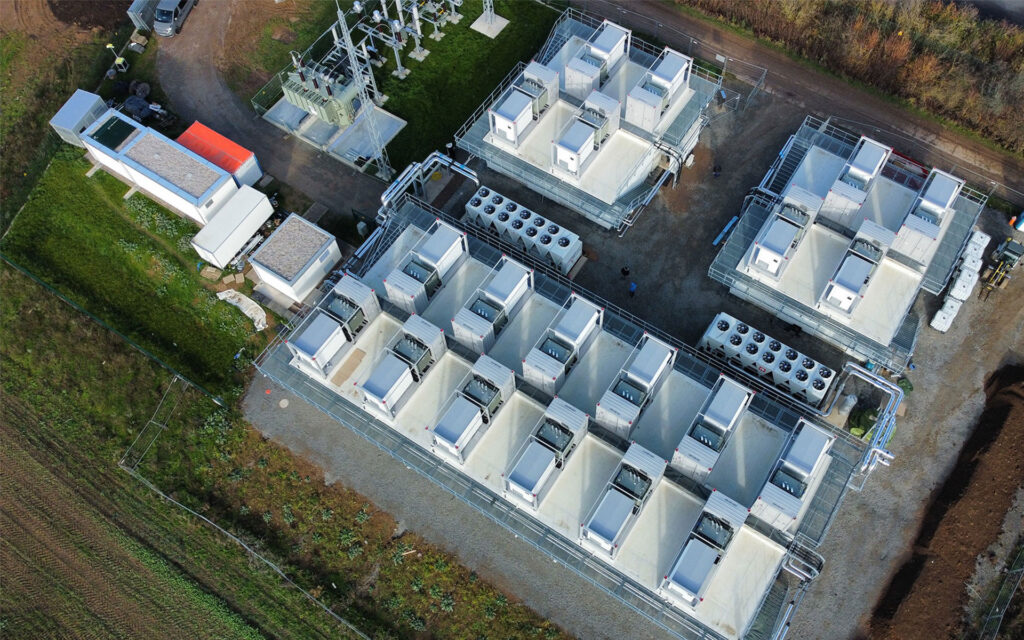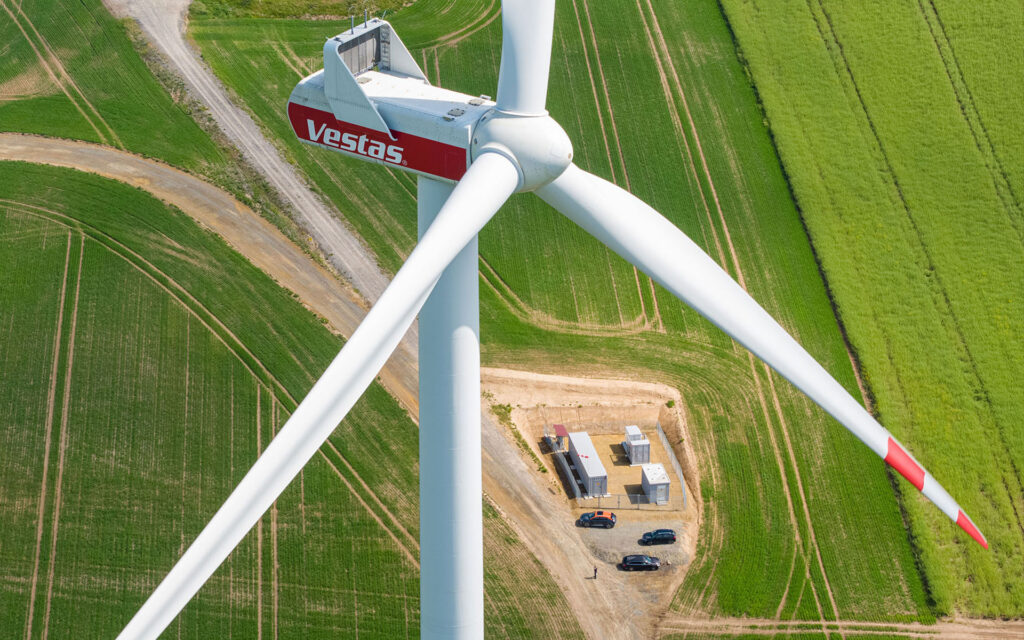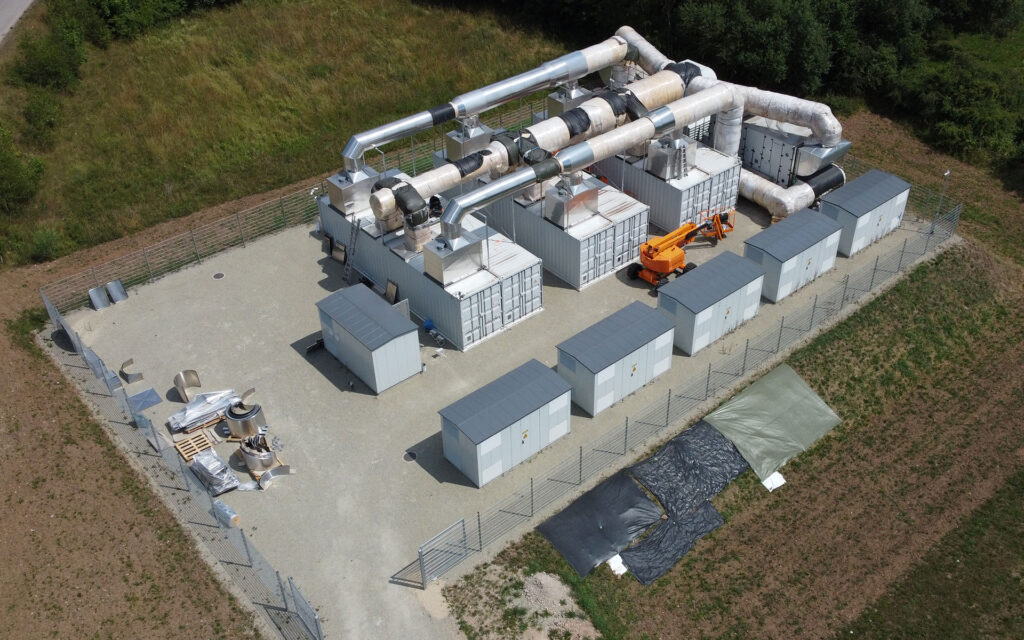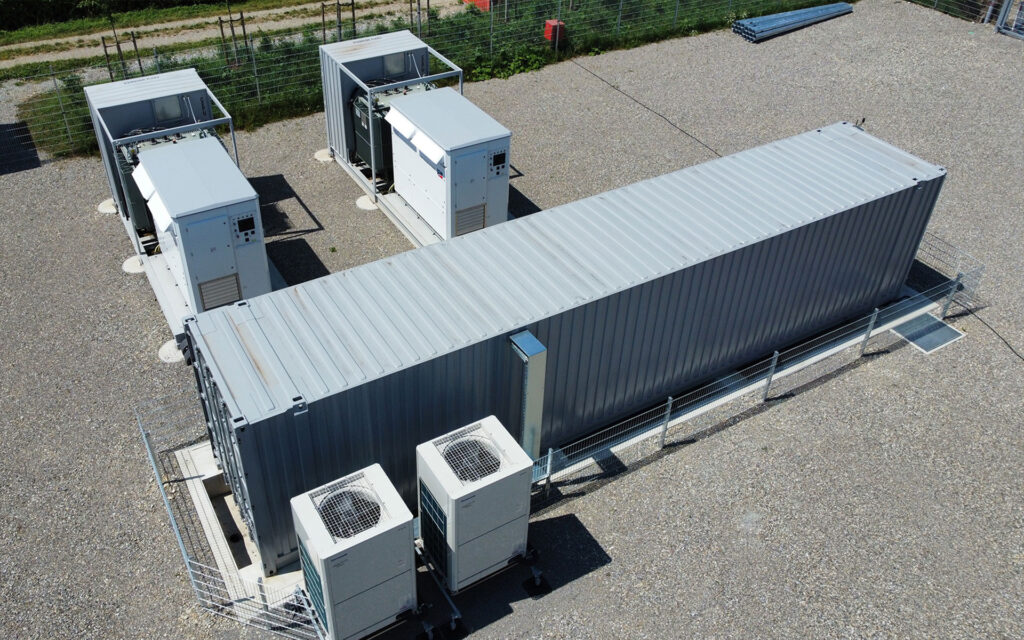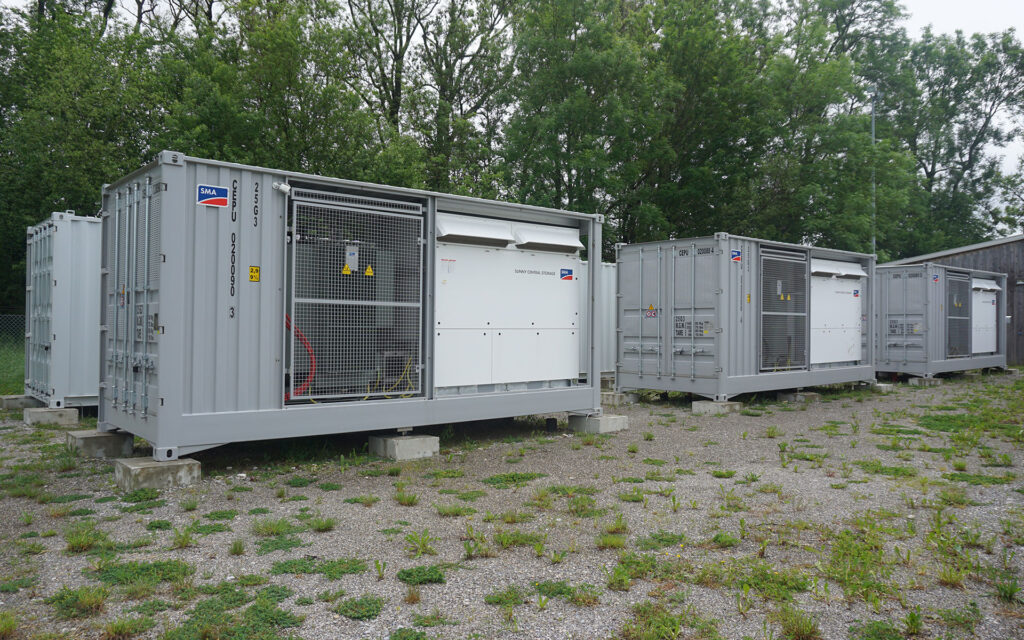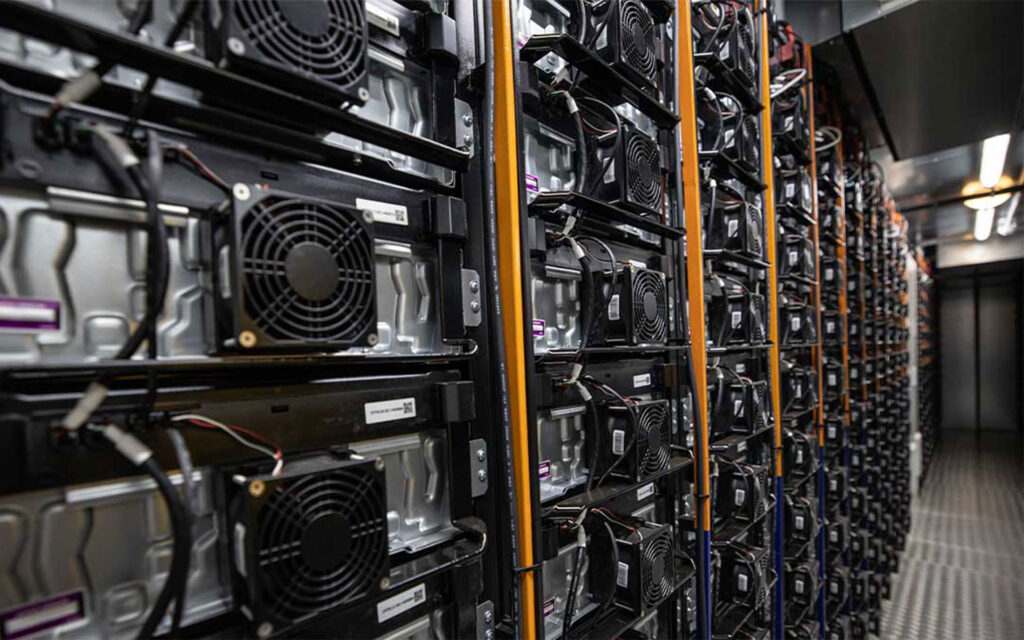Energy management of the future
We are empowering the transition to renewables
The ju:niz Energy portfolio focuses on intelligent, large-scale storage systems that are designed for grid-serving, cost-effective operation.
Another key area of activity is ensuring the supply of energy from renewables, battery storage and hydrogen technologies to residential districts – i.e. energy centers.
In addition, ju:niz Energy specializes in the development of intelligent energy management systems that optimize the usage and maximize the benefits of battery storage units and energy centers.
Another key area of activity is ensuring the supply of energy from renewables, battery storage and hydrogen technologies to residential districts – i.e. energy centers.
In addition, ju:niz Energy specializes in the development of intelligent energy management systems that optimize the usage and maximize the benefits of battery storage units and energy centers.
Our portfolio
Hydrogen
Hydrogen can have various roles as an energy carrier – including reconversion, heat generation or use in mobility.
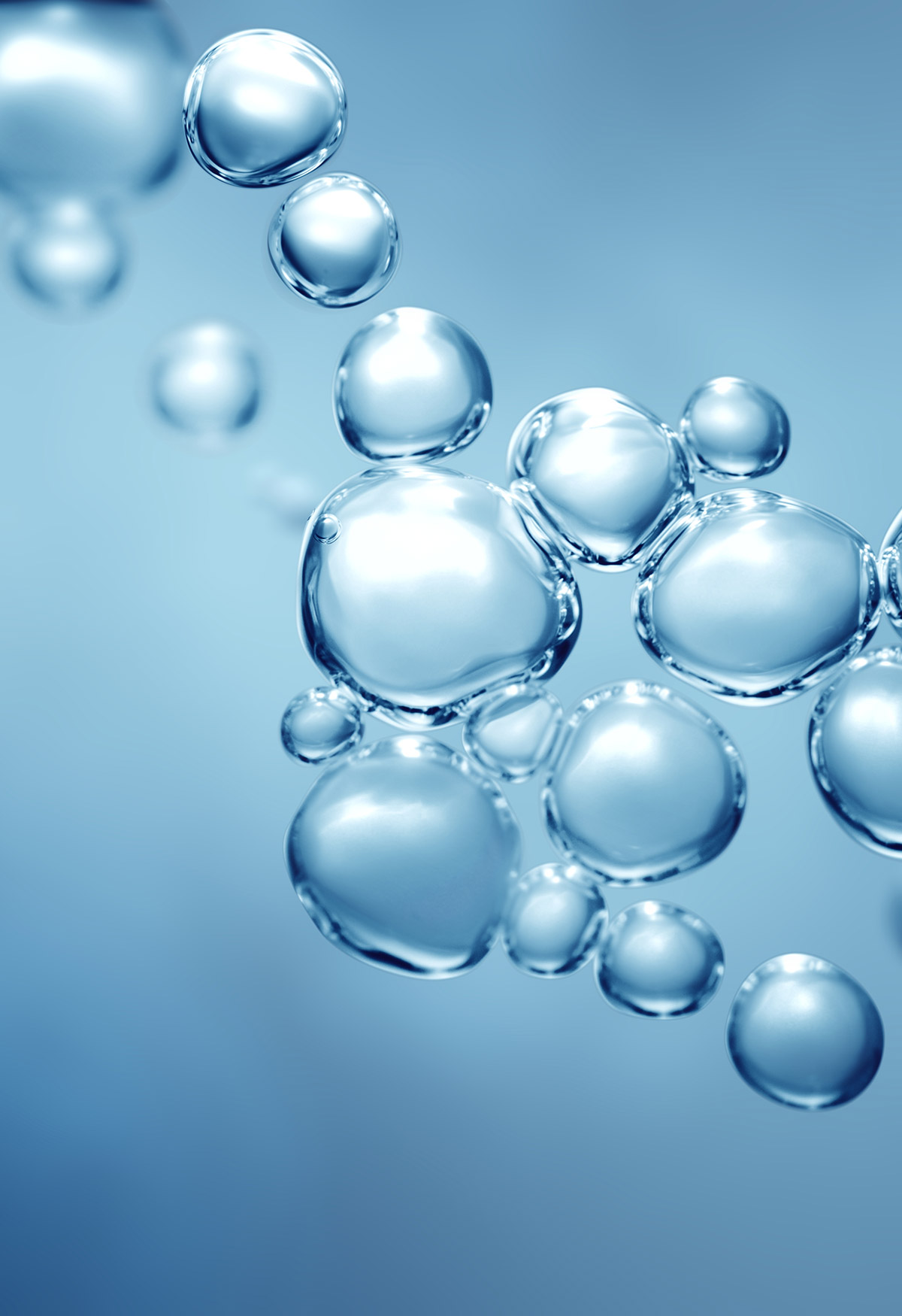
Energy centers
We optimize production and consumption in energy centers to serve commercial and residential districts.

Energy storage
We develop, plan, build and operate intelligent, large-scale energy storage systems.
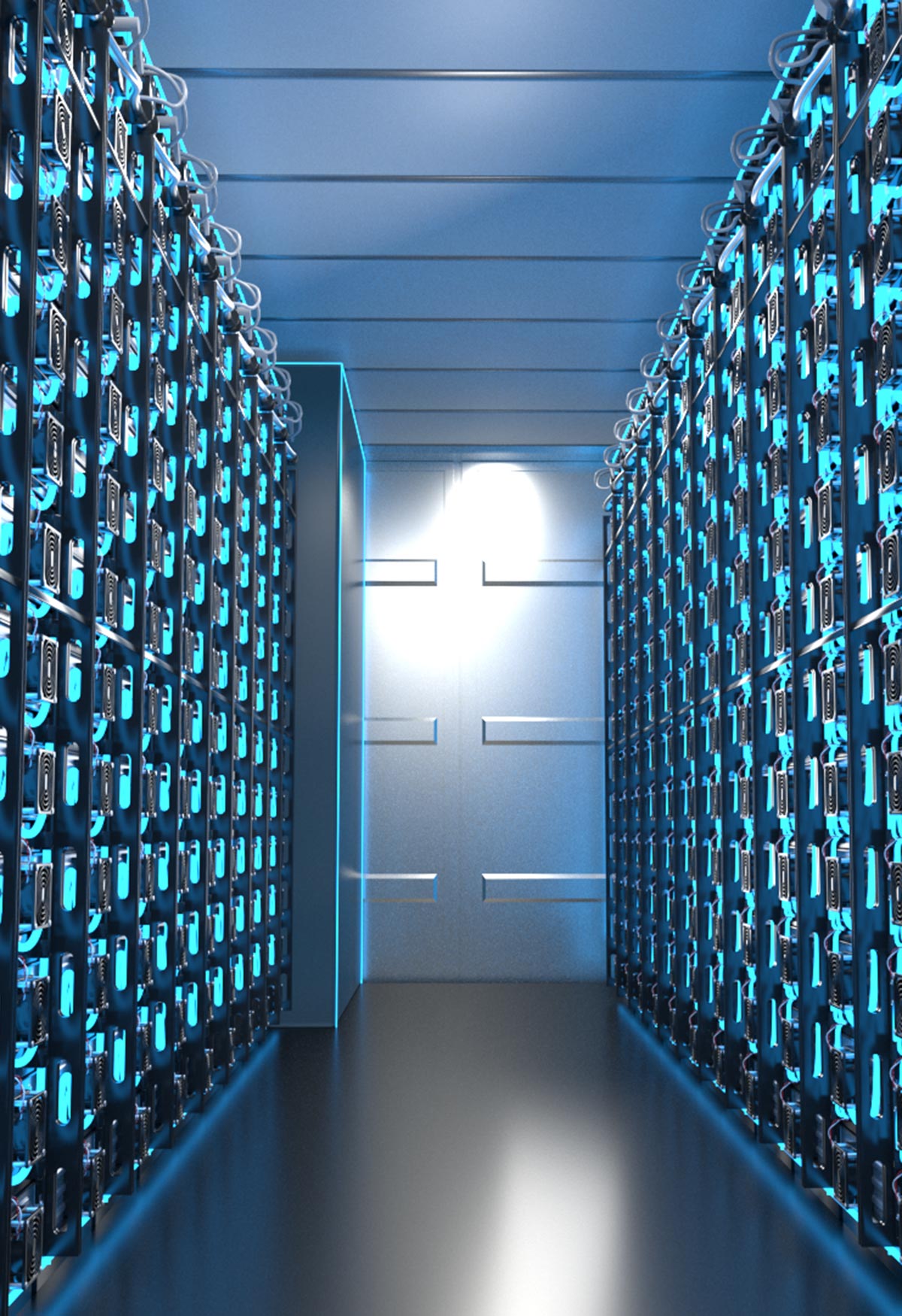
Energy management
The energy management system is an essential component of an intelligent, sustainable energy supply.

For me, sustainable management means considering the value chain as a whole.
Gabriele Schmiedel
Managing Director ju:niz Energy
Latest News
Our references
Questions?
Frequently asked questions
We have put together some of the most important terms for you here to help you understand how battery storage units are used.
What are some of the main applications for battery storage units?
Battery storage units can support the grid and be used for end consumers, e.g. for peak shaving or optimizing the users’ own consumption.
What are system services for battery storage units?
Primary control power, secondary control power, power factor correction.
What are the different components that comprise an energy storage system?
A battery storage system consists of the mains connection, transformer, power electronics, battery racks with batteries, fans, air conditioning, control electronics and the necessary operating software.
We have put together some of the most important terms for you here to help you understand how various districts can be supplied with energy in a sustainable manner.
What do we mean by „carbon-neutral residential or commercial district”?
The phrase „carbon-neutral districts” refers to areas where the objective of carbon neutrality is met by maximizing the use of energy generated within the district, with the energy supply being derived entirely from renewable sources.
What sustainable methods of hydrogen production are available?
The production of hydrogen via electrolysis on the basis of renewable energy is one example, while the process of biogasification is another.
What do we mean by electrolysis?
The electrolysis of water breaks it down into the elements oxygen and hydrogen. A DC power source is connected to two electrodes placed in water. Hydrogen is produced at the cathode, oxygen at the anode. The production rate is proportional to the electrical current.
What do you need to produce 1 kg of hydrogen?
To produce 1 kg of hydrogen, you would need 10 liters of demineralized water and approx. 55 kWh of electricity. 1 kg of hydrogen has an energy content of 33.3 kWh (calorific value). This is enough to power a fuel cell car for a distance of approx. 100 km.
Our Memberships
Who we work with

Contact us
Your contact at ju:niz Energy
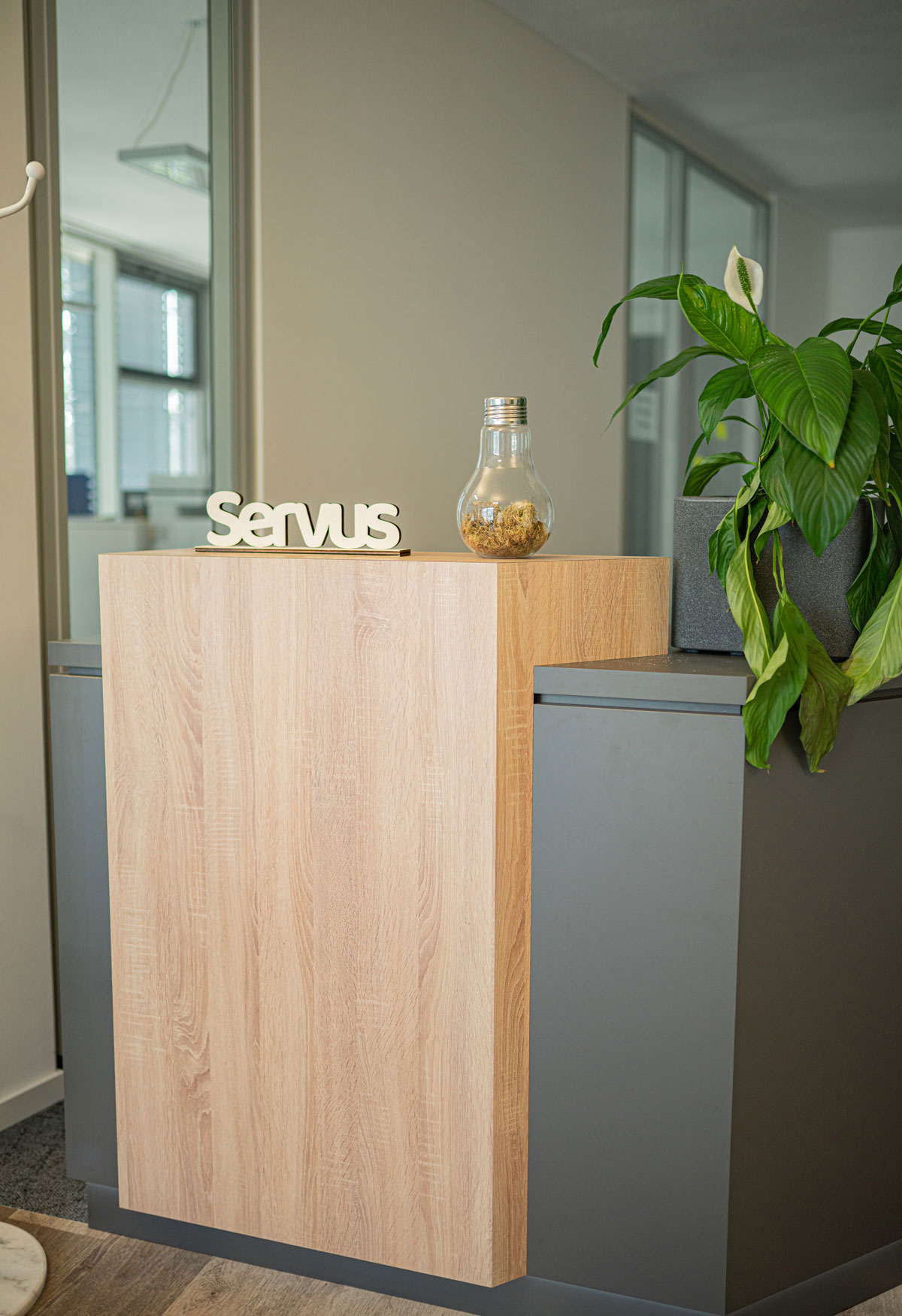
ju:niz Energy GmbH
Einsteinring 43
85609 Aschheim
Einsteinring 43
85609 Aschheim
